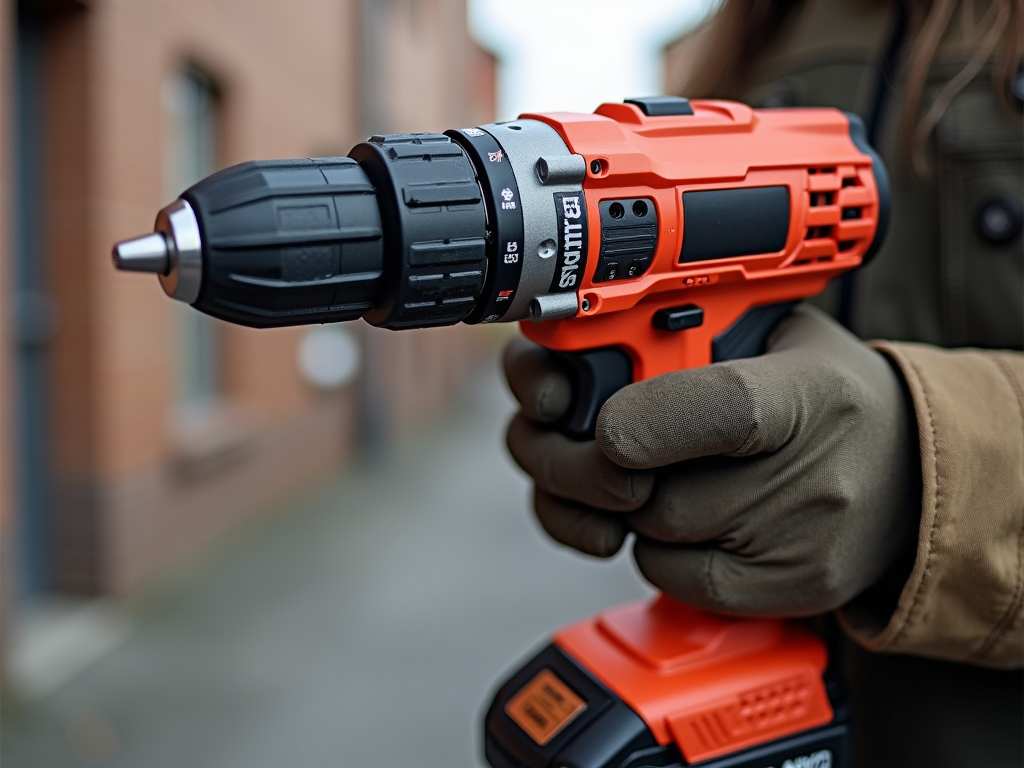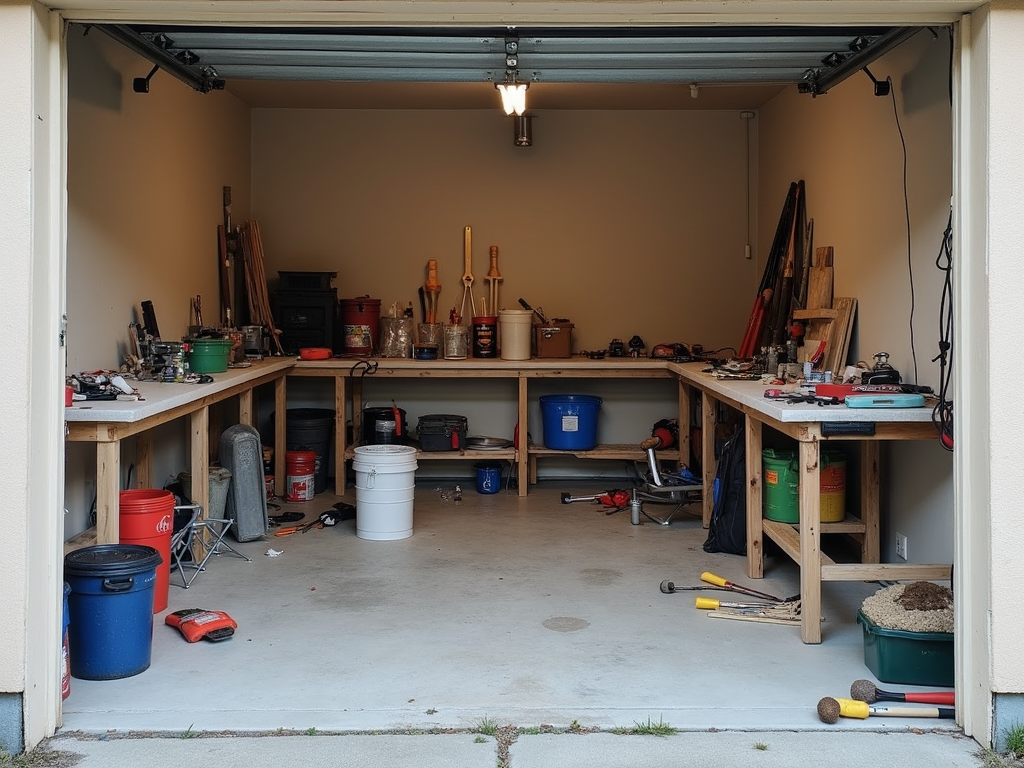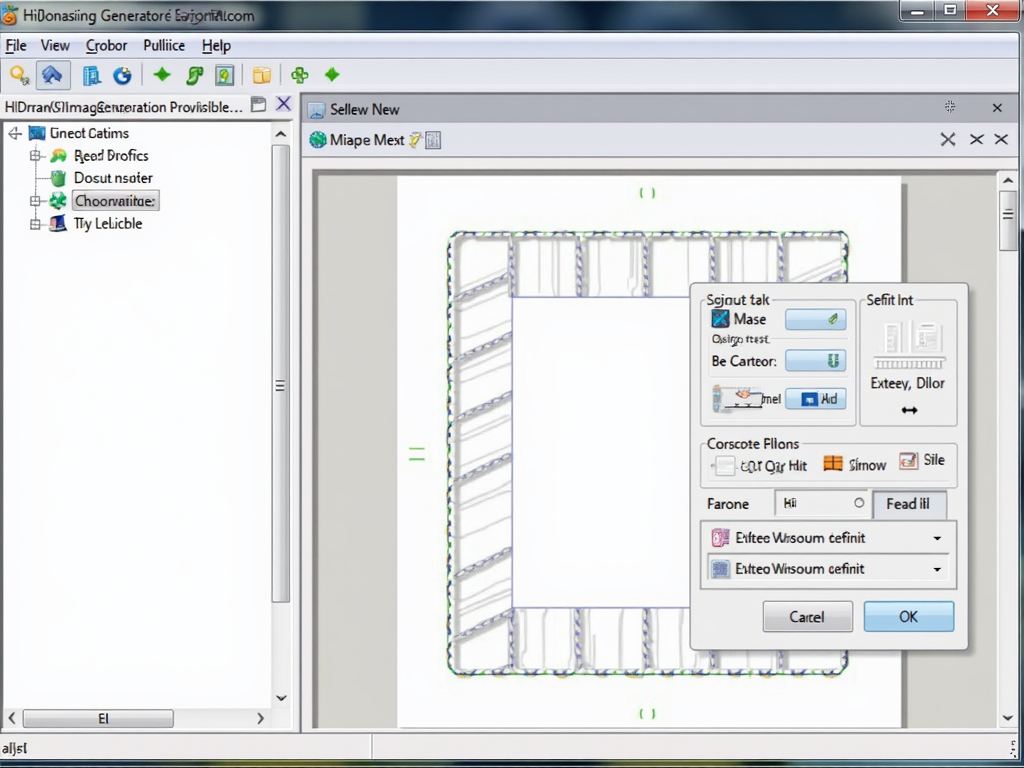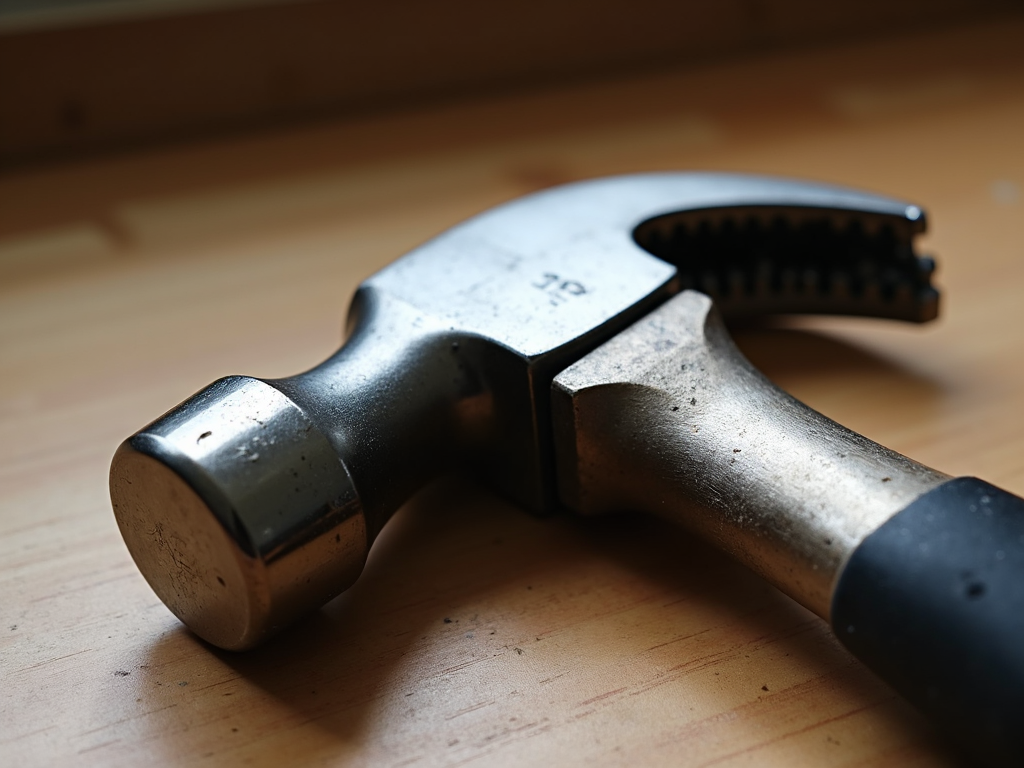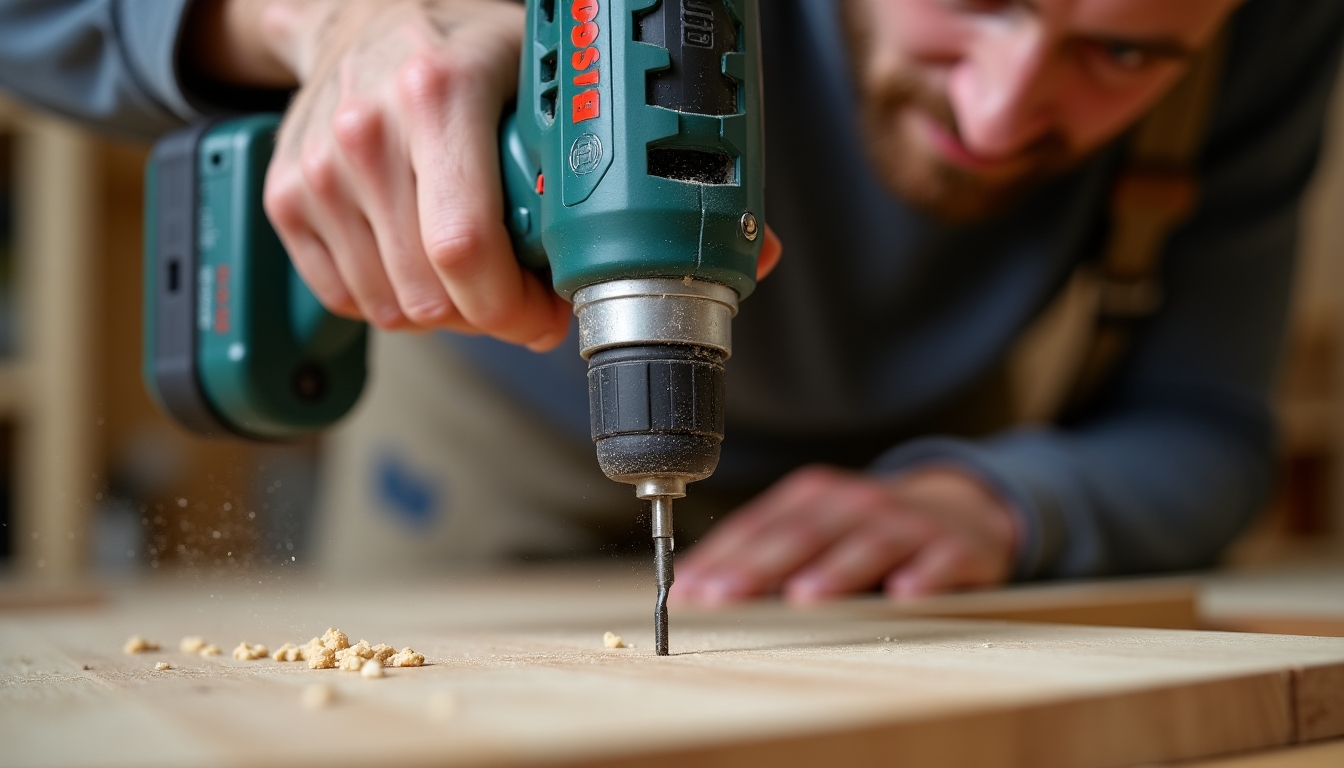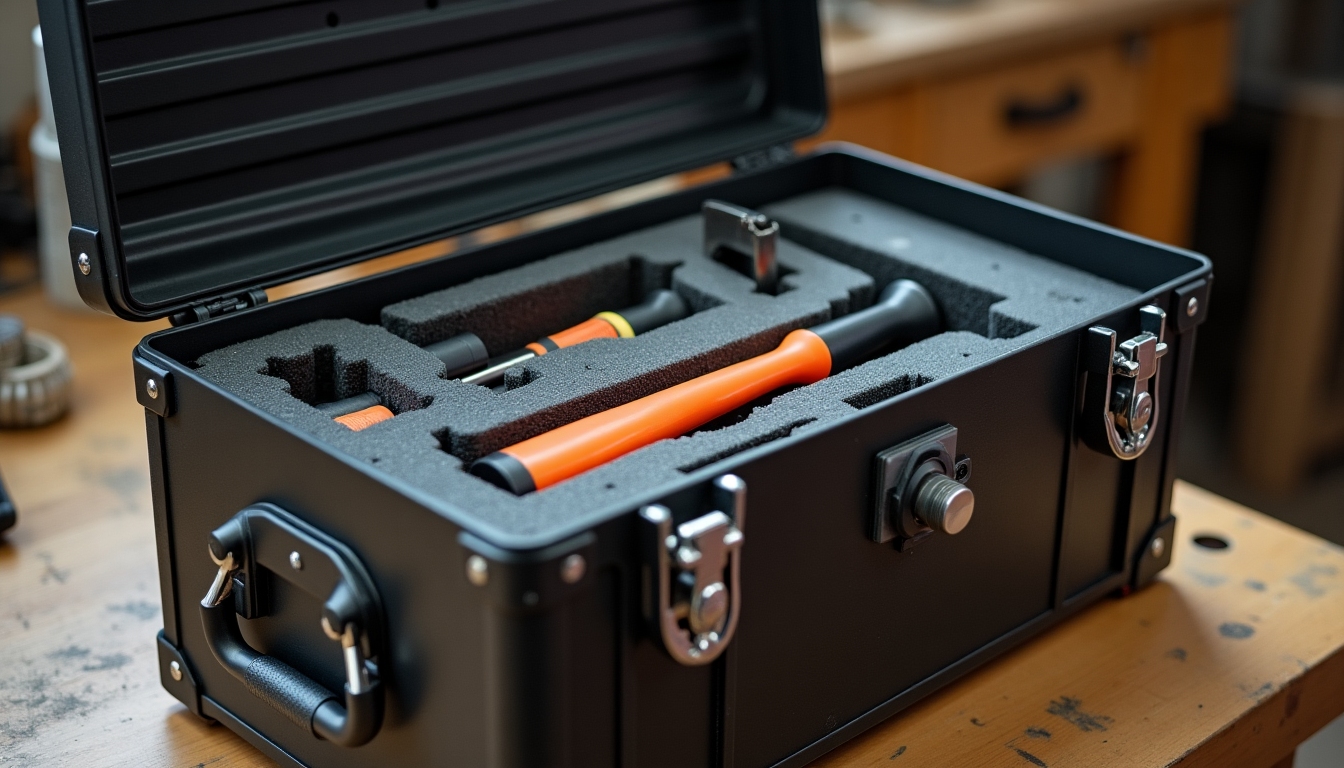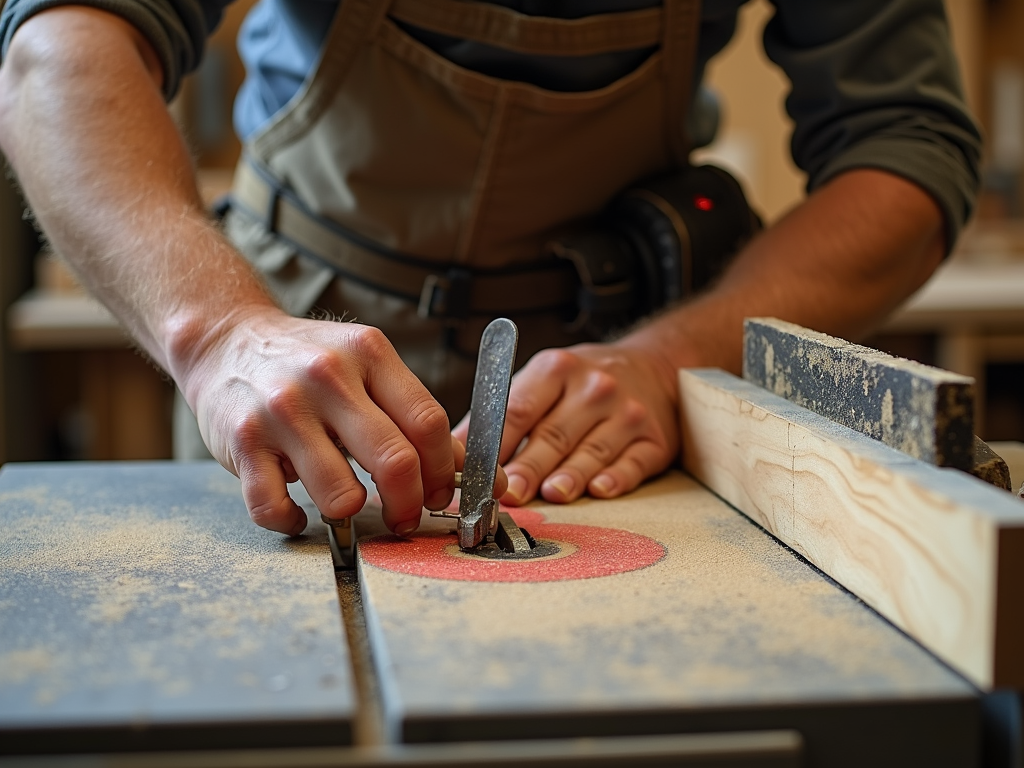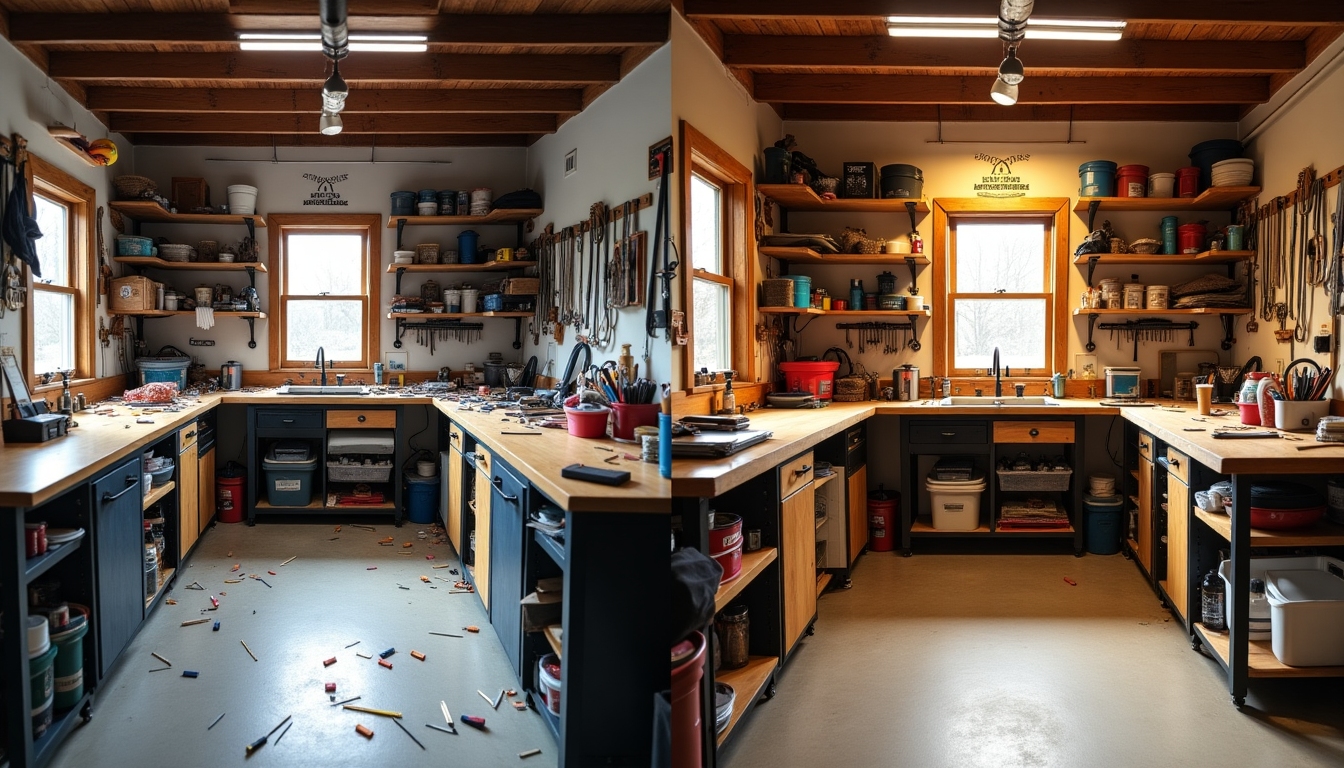Choosing the right workbench is a critical decision for any workshop enthusiast or professional. It serves as the foundation for your projects, impacting your productivity, safety, and overall work experience. In this comprehensive guide, we'll delve into the essential factors to consider when selecting the perfect workbench for your needs. From understanding different types and materials to evaluating key features and ensuring safety, we've got you covered. Whether you're a seasoned craftsman or just starting out, this article will provide you with the knowledge and insights to make an informed choice.
Introduction to Workbenches
A workbench is more than just a table; it's the heart of your workshop. It's where ideas come to life, where creativity meets craftsmanship, and where projects take shape. A well-chosen workbench can enhance your workflow, provide ample storage for tools, and ensure a safe working environment. On the other hand, a poorly selected workbench can lead to frustration, inefficiency, and even safety hazards. That's why it's crucial to invest time and thought into choosing the right one for your specific needs.
Types of Workbenches
There are several types of workbenches available, each designed for specific purposes. Understanding these types will help you narrow down your options.
-
Woodworking Benches: These are typically made of hardwood and feature a sturdy construction with vises and dog holes for clamping workpieces. They are ideal for tasks like carving, joinery, and assembly.
-
Metalworking Benches: Built to withstand heavy use and often made of steel, these benches are perfect for tasks involving metal, such as welding, grinding, and machining. They usually have a flat, durable surface and may include features like built-in vices or tool trays.
-
Multi-Purpose Benches: These versatile benches are designed to handle a variety of tasks, from woodworking to electronics repair. They often come with adjustable heights, modular components, and ample storage options.
-
Portable Benches: If you need a workbench that can be easily moved or stored, portable options are available. These are lightweight, foldable, and suitable for small spaces or on-the-go projects.
Each type has its own set of advantages and is suited for different applications. Consider the primary tasks you'll be performing in your workshop to determine which type is best for you.
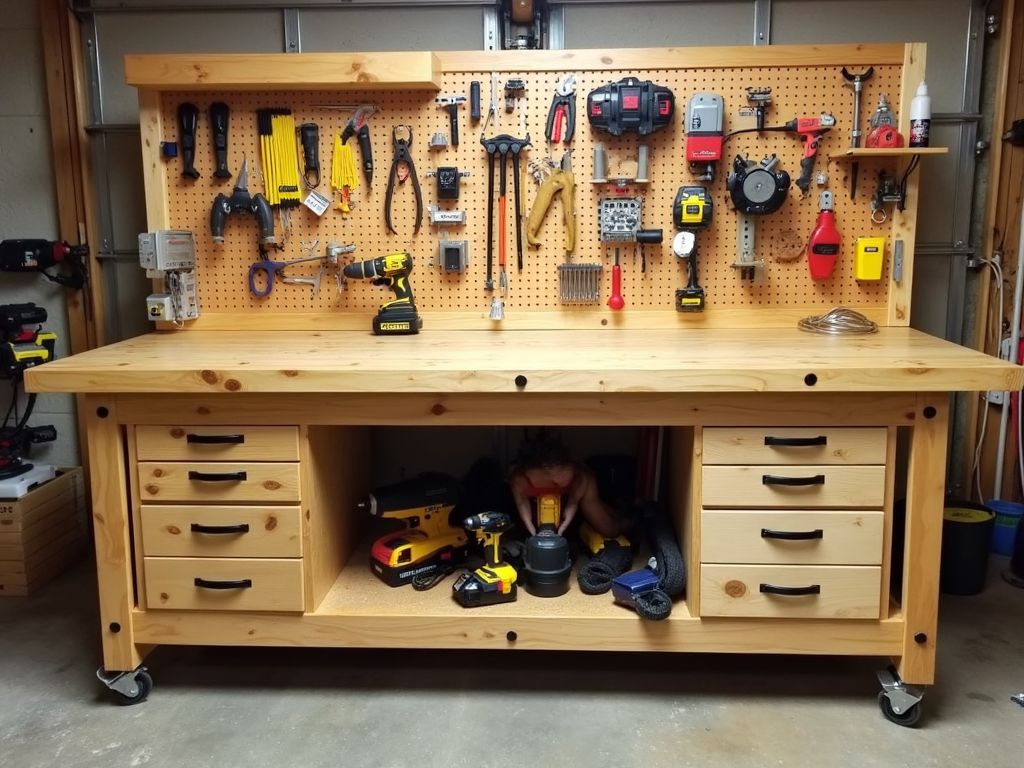
Key Features to Consider
When evaluating workbenches, there are several key features to keep in mind:
-
Size: The size of your workbench should match the scale of your projects and the available space in your workshop. A larger bench provides more workspace but may be cumbersome in a small area.
-
Height: The height of the workbench is crucial for ergonomics. It should allow you to work comfortably without straining your back or shoulders. Adjustable height options are ideal for accommodating different users or tasks.
-
Storage: Look for workbenches with built-in storage solutions, such as drawers, shelves, or pegboards. These can help keep your tools organized and within reach.
-
Durability: A workbench should be able to withstand the rigors of your work. Consider the materials used and the overall construction quality.
-
Surface: The work surface should be smooth, flat, and resistant to damage. For woodworking, a wooden surface is preferred, while metalworking may require a metal or composite surface.
-
Vises and Clamps: If you'll be working with materials that need to be held in place, ensure the workbench has appropriate vises or clamping systems.
Take the time to assess your specific needs and prioritize the features that are most important for your work.
Workbench Comparison Table
| Type | Material | Size | Storage | Price |
|---|---|---|---|---|
| Woodworking | Wood | Large | Vises, dog holes | $$ |
| Metalworking | Metal | Medium | Tool trays | $$$ |
| Multi-Purpose | Combination | Adjustable | Drawers, shelves | $$ |
| Portable | Varies | Small | Limited | $ |
This table provides a quick overview of the different workbench types and their typical characteristics.
Materials
The material of your workbench plays a significant role in its performance and longevity.
-
Wood: Wooden workbenches are traditional and offer a warm, natural feel. They are excellent for woodworking as they don't damage tools and provide a good grip. However, they may not be as durable as metal options and can be susceptible to moisture and wear.
-
Metal: Metal workbenches, typically made of steel, are incredibly durable and can handle heavy loads. They are ideal for metalworking and industrial applications but may be too harsh for delicate tasks.
-
Combination: Some workbenches combine wood and metal elements, offering the best of both worlds. For example, a wooden top with a metal frame can provide a sturdy yet comfortable work surface.
Consider the type of work you'll be doing and the environment of your workshop when choosing the material.
Ergonomics
Ergonomics is often overlooked but is essential for maintaining comfort and preventing injuries. Here are some tips for choosing an ergonomic workbench:
-
Adjustable Height: An adjustable workbench allows you to set the height to suit your stature and the task at hand. This can reduce strain on your back and shoulders.
-
Proper Lighting: Ensure your workbench is well-lit to avoid eye strain and improve accuracy. Consider installing overhead lights or task lamps.
-
Comfortable Seating: If you'll be sitting while working, choose a stool or chair that provides good support and is at the right height relative to the workbench.
-
Anti-Fatigue Mats: Standing for long periods can be tiring. Anti-fatigue mats can provide cushioning and reduce discomfort.
By prioritizing ergonomics, you can create a workspace that promotes productivity and well-being.

Safety Tips
Safety should always be a top priority in any workshop. Here are some safety tips for your workbench:
-
Stable Installation: Ensure your workbench is securely anchored to the floor or wall if necessary. A wobbly bench can lead to accidents.
-
Clear Workspace: Keep the workbench clutter-free to avoid tripping hazards and ensure you have enough space to work safely.
-
Proper Tool Storage: Store tools properly when not in use to prevent them from falling or causing injury.
-
Personal Protective Equipment (PPE): Always wear appropriate PPE, such as safety glasses, gloves, and hearing protection, depending on the task.
-
Regular Maintenance: Inspect your workbench regularly for any signs of wear or damage and address issues promptly.
By following these safety guidelines, you can minimize risks and create a secure working environment.
Personal Insights
When I was setting up my own workshop, choosing the right workbench was a daunting task. I spent hours researching different options and considering my specific needs. Ultimately, I opted for a multi-purpose workbench with a wooden top and metal frame. It provided the versatility I needed for various projects, from woodworking to electronics repair. The adjustable height feature was a game-changer, allowing me to switch between standing and sitting positions comfortably. I also invested in a pegboard and drawers for tool storage, which helped keep my workspace organized. Through trial and error, I learned the importance of ergonomics and safety, and I made sure to incorporate those elements into my setup. My advice to anyone choosing a workbench is to think long-term and invest in quality. A good workbench can last for years and significantly enhance your workshop experience.
Workshop Organization Hacks
To boost productivity in your workshop, organization is key. Here are some hacks to help you stay organized:
-
Pegboards: Install pegboards on the walls to hang tools and keep them easily accessible.
-
Tool Chests: Use tool chests or cabinets to store tools securely and prevent clutter.
-
Labeling: Label drawers and containers to quickly find what you need.
-
Work Zones: Designate specific areas for different tasks, such as a cutting zone, assembly zone, etc.
-
Cleanliness: Regularly clean your workbench and sweep the floor to maintain a tidy workspace.
By implementing these organization hacks, you can streamline your workflow and focus on your projects.
Tool Safety Overview
Tool safety is crucial in any workshop. Always follow the manufacturer's instructions and use tools for their intended purposes. Wear appropriate PPE, keep tools sharp and well-maintained, and never rush a job. For a comprehensive guide on tool safety, check out our article 'Ultimate Guide to Tool Safety: Protecting Yourself in the Workshop.'
Advanced Workman Tools for Professionals
While a workbench is the foundation of your workshop, having the right tools is equally important. For professionals, investing in advanced tools can significantly enhance efficiency and precision. Here are some must-have tools for serious craftsmen:
-
Precision Measuring Tools: Tools like calipers, micrometers, and laser levels ensure accurate measurements and alignments.
-
Power Tools: High-quality drills, saws, and sanders can speed up tasks and improve results.
-
Specialized Hand Tools: Depending on your field, specialized tools like chisels, planes, or wrenches can make a big difference.
-
Safety Equipment: Don't forget to invest in top-notch safety gear, including respirators, ear protection, and first-aid kits.
When choosing tools, prioritize quality over quantity. It's better to have a few reliable tools than a plethora of subpar ones. Research brands, read reviews, and consider the warranty and customer support offered.
Maintaining Your Workbench
To ensure your workbench remains in top condition, regular maintenance is essential. Here are some tips:
-
Clean Regularly: Wipe down the surface after each use to remove dust, debris, and spills.
-
Inspect for Damage: Check for any cracks, loose bolts, or other signs of wear. Address issues promptly to prevent further damage.
-
Lubricate Moving Parts: If your workbench has adjustable components or vises, lubricate them periodically to keep them functioning smoothly.
-
Protect the Surface: Use mats or pads to protect the work surface from heavy or sharp objects.
-
Store Properly: If your workbench is portable, store it in a dry, secure place to prevent damage.
By taking care of your workbench, you can extend its lifespan and maintain its performance.
Customizing Your Workbench
Every craftsman has unique needs, and customizing your workbench can make it even more functional. Here are some ideas:
-
Add-Ons: Install additional features like a tool tray, light fixture, or power strip for convenience.
-
Modular Components: Use modular storage solutions that can be rearranged as your needs change.
-
Personal Touches: Add a personal touch with paint, decals, or engravings to make your workbench truly yours.
Customizing your workbench not only enhances its functionality but also makes your workspace more enjoyable.
Choosing a Workbench on a Budget
Workbenches come in a wide range of prices, and it's possible to find a quality option that fits your budget. Here are some tips:
-
Set a Budget: Determine how much you're willing to spend and stick to it.
-
Prioritize Features: Focus on the must-have features and compromise on less important ones.
-
Look for Sales and Discounts: Keep an eye out for sales, clearance items, or second-hand options.
-
DIY Options: If you're handy, consider building your own workbench. There are many plans and tutorials available online.
Remember, a higher price doesn't always guarantee better quality. Do your research and read reviews to find the best value for your money.
Summary
In conclusion, choosing the right workbench is a vital step in setting up an efficient and safe workshop. By considering factors such as type, features, materials, ergonomics, and safety, you can select a workbench that meets your specific needs and enhances your productivity. Remember to prioritize quality and invest in a workbench that will serve you well for years to come. Happy crafting!
Related How to Choose the Right Workbench for Your Needs:
- Top 10 Must-Have Tools for Every Construction Worker
- Power Tool Evolution: A Detailed History
- Mastering Small Space Organization: Tips for Workman Tools
- From Digital to Physical: Using HiDream Image Generator to Plan Your Rotary Tool Projects
- Top 10 High-Quality Workman Tools for Professionals
- Revolutionizing Workshops: What's New in Workshop Tech
- Selecting the Right Tools for Your Automotive Needs
- Hand Tools Storage Solutions: A Comprehensive Guide
- The Ultimate Guide to Cleaning Your Car with a Power Washer
- The Impact of AI on Factory Safety
- Advanced Table Saw Techniques for Woodworking
- Mastering Tool Organization in a Small Workshop: A Comprehensive Guide

